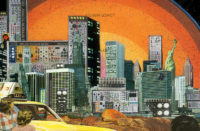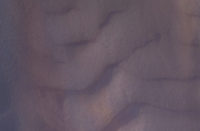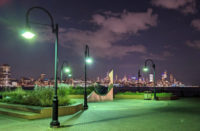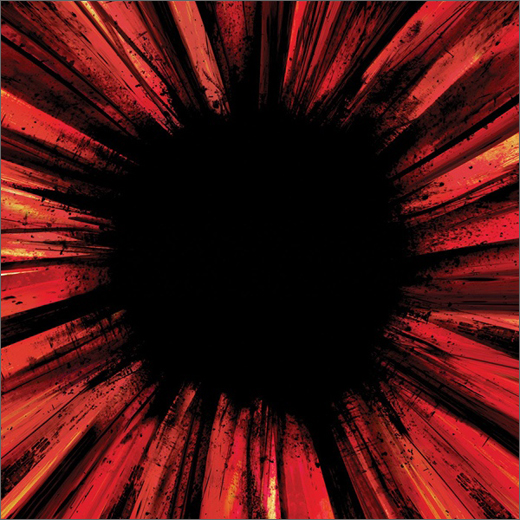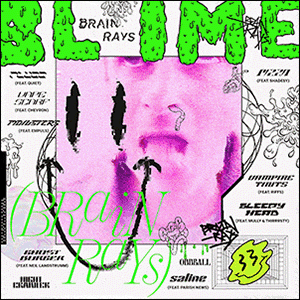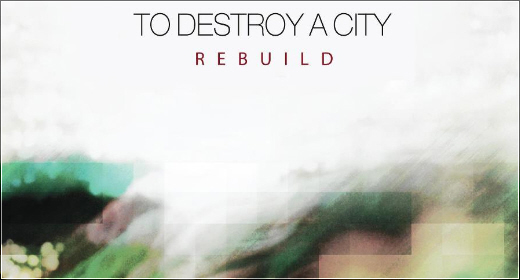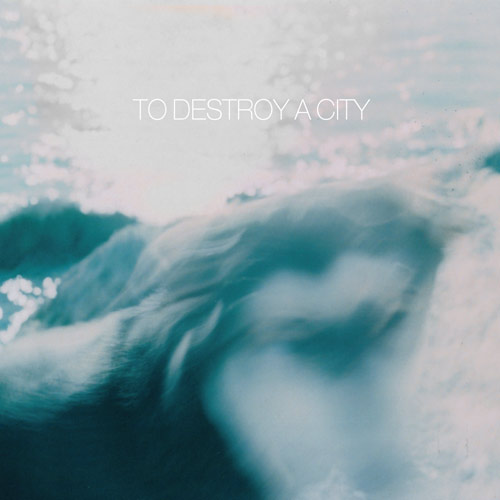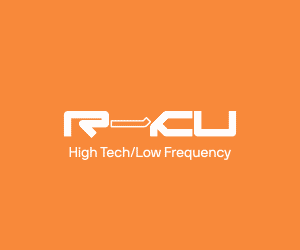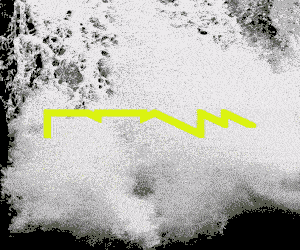The effortless combination of post-rock and electronic music; the music of a city in perpetual night, lit artificially and flowing with life and energy.
The marriage of electronic music and post-rock has lead to the birth of beautiful music. To Destroy A City joins groups like The American Dollar, God is an Astronaut, and Hammock in the cross-pollinated genre, and Sunless, their second album, is a powerful contender. It’s an aptly named record—there’s a darkness that permeates the album, even though it’s full of color. It’s the music of a city in perpetual night, lit artificially and flowing with life and energy.
The album opens with “The Messenger,” and is ripe with climbing synths, which lead into a hard-rock crescendo, that almost sounds like post-metal at times. Servings as a counterweight to the heavily distorted lead guitar, a piano tinkles a light melody that floats back and forth through audibility, and the strong drums crack into an epic half-time breakdown that closes the tune, leaving the stolid piano to lead into “Theta,” the following track. The palm-muted guitar rhythm of “Theta” lends itself to the post-metal mood established in “The Messenger,” and the piano lead again serves to contrast. The muted rhythm explodes and the drums open up into a crash-ride heaven, all while the classic sound of post-rock, a 4-or-5-note melody is played on the guitars. The song swells, then opens further, synthesized drums alternating with the fantastic analog drumming, while white noise obscures the rhythm and melody, then all fades away suddenly.
“Stand Before Me” has more of an electronic feel, with sweeping, gritty bass synths atop a beat that recalls The Prodigy. Shoegaze guitars slide into place, and the motif is complete. Once the pieces of “Stand Before Me” fall into place, it costs along, remaining interesting to listen to as it morphs slowly, infinitesimally, to accommodate the increased activity in the guitars and backing beat.
“Escape/Return” is my favorite piece on the album, leveraging a gentle two-chord piano pattern with echoing, barely discernible vocals that drag awareness along with the growth of the reverb and delay. Guitar enters above the piano pattern, and a bass drum strokes out a heartbeat. The piece continues to build slowly, making use of classic post-rock techniques once more, then the piano bridge, rife with emotional darkness, paves the way for a killer glitch beat and string synth overlay, which is then layered further with piano and guitar. The piece is somehow both melancholy and glad. It sounds like relief. It really does feel like escaping darkness and returning to light.
“Last Contact” feels like an homage to Explosions in the Sky, which is a very good thing. There’s naught much more that can be said of such great music. “First Light” is ethereal, and carries themes that seem to have been implied earlier in the album. The heartbeat-like bass drum returns and, with a quiet clap, welcomes the melodic theme, under which occasionally dissonant strings climb and ebb. Tremolo lasers ping under all of it, their envelope mutating into percussion over time. It’s another simple track, but spectacular in its execution.
The final third of the album starts with “Understanding in the Between,” which continues the demonstration of how the simple swelling of heavily reverbed strings can bear so much emotional weight. The tune takes its time to introduce the lead piano, which again tinkles along as the strings begin to fade. About halfway through the piece, drums begin to rise, and we have a full-on post-rock jam session. “Daylight Station” begins with a motif similar to “Understanding,” in that it makes use of mellow sinusoidally flowing synths, which invite guitar leads to gently explore their surface. It differs from ‘Understanding’ once the remaining instruments fall into place. It sounds like the soundtrack of an awesome sci-fi movie from the 80s. In my minds eye, a Guild Navigator is folding space-time to this music, depositing a young Paul Arteries on Arrakis.
The album closes with “Visionaries,” which takes its time to build a theme. In some ways, it brings back the more traditional post-rock feeling of other tracks on the album, despite the opening’s drums strong lean in the direction of electronica. After a very quiet bridge, tribal rhythms pounded on the toms, accented with snare slaps and sporadic cymbals, elevate the energy of the piece. Slowly, piece by piece, the energy builds, and in typical—awesome—post-rock fashion, a big crescendo of heavy guitars and cymbals brings new life to the music. “Visionaries” stands as a microcosmic image of what the entire album represents: the effortless combination of post-rock and electronic music.
Sunless is available on n5MD.






